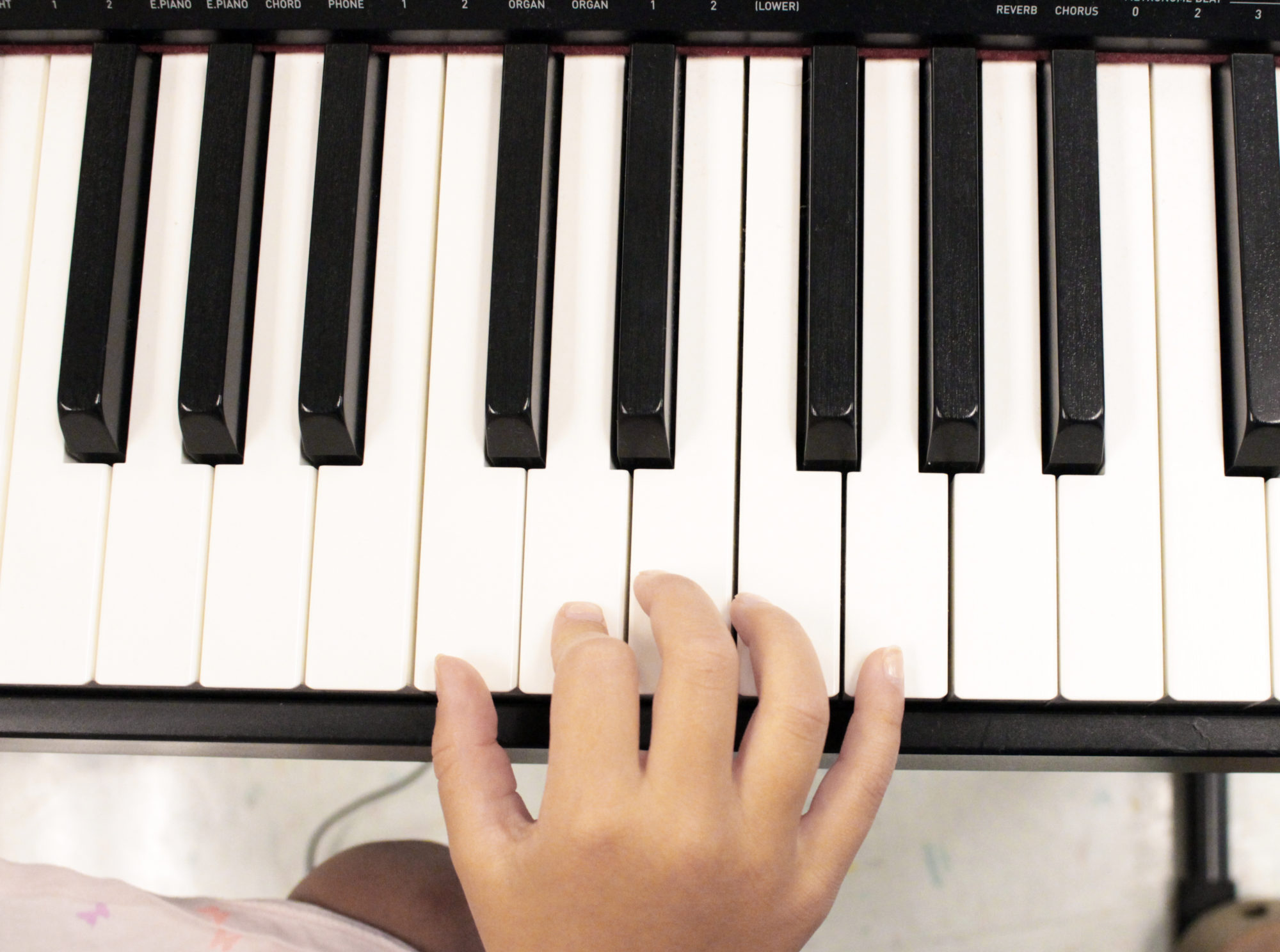Listen to this episode of “But Why,” which is a podcast for kids. In this episode of But Why, we hear music from Music for Sprouts’ Mr. Chris, Drummer Seny Daffe, and cellist Emily Taubl and answer questions about strings, percussion, and the magic of music itself. Get ready to dance.
Jazz in Queens, N.Y. Research Project
6th Grade Project
Our own borough of Queens, holds a very important place in Jazz history.
This project requires you to research, document and present an aspect of Jazz history in Queens, N.Y. This can be an investigation of one of the many jazz artists that have a connection to our venerable borough, or one of the places that hold significance. You also can connect the information your research uncovers to current day artists or musicians.
Each project should start by explaining the topic, (artist, place) and the connection it has to Queens, N.Y. The body of the project can be about the topic as a whole, but the connection should be clear.
For a tutorial on how to create a bibliography, check this post, which includes a tutorial video.
See this website for a wonderful and well known poster called, “The Queens Jazz Trail” that documents many of the Jazz musicians that have lived here and the places that are important in the history of Jazz:
More resources:
- http://newyork.cbslocal.com/guide/a-look-at-the-historic-queens-jazz-trail/
- http://forgotten-ny.com/2002/11/st-albans-jazz-greats-queens/
- http://queens.about.com/od/jazzmusiciansofqueens/
- https://www.louisarmstronghouse.org/
Standards Covered
If you think you’re done with your project, go through this list and see if there is anything you might add to address one of the standards.
Finale NotePad
You can download a free copy of Finale NotePad to run on a PC or a Mac. This allows you to open up the ‘Finale File’ version of the sheet music I post. This allows you to hear the parts and practice along. You can even write your own pieces!
Get it here: http://www.finalemusic.com/products/finale-notepad/resources/
You can also get the Finale Songbook App for your iPad. This lets you listen to the different parts as well as letting you take your music with you anywhere you go!
Get it here: https://itunes.apple.com/us/app/finale-songbook/id529531809?ls=1&mt=8
Ukulele Chord Videos
I put together a few short videos to help demonstrate how to play chords on the ukulele. Feel free to play them as much as you like!
C Chord:
F Chord:
G Chord:
Am Chord:
Online Chord Dictionary
You can get guitar and ukulele chords at this website:
http://app.tekartik.com/chords/
Check it out. There are a lot of different ways to play each chord.


